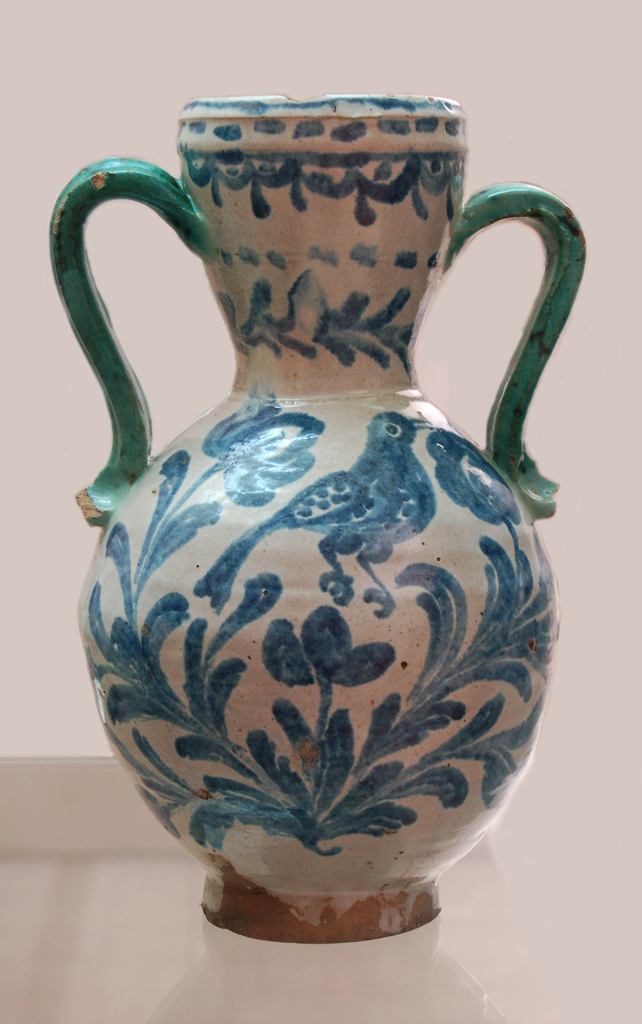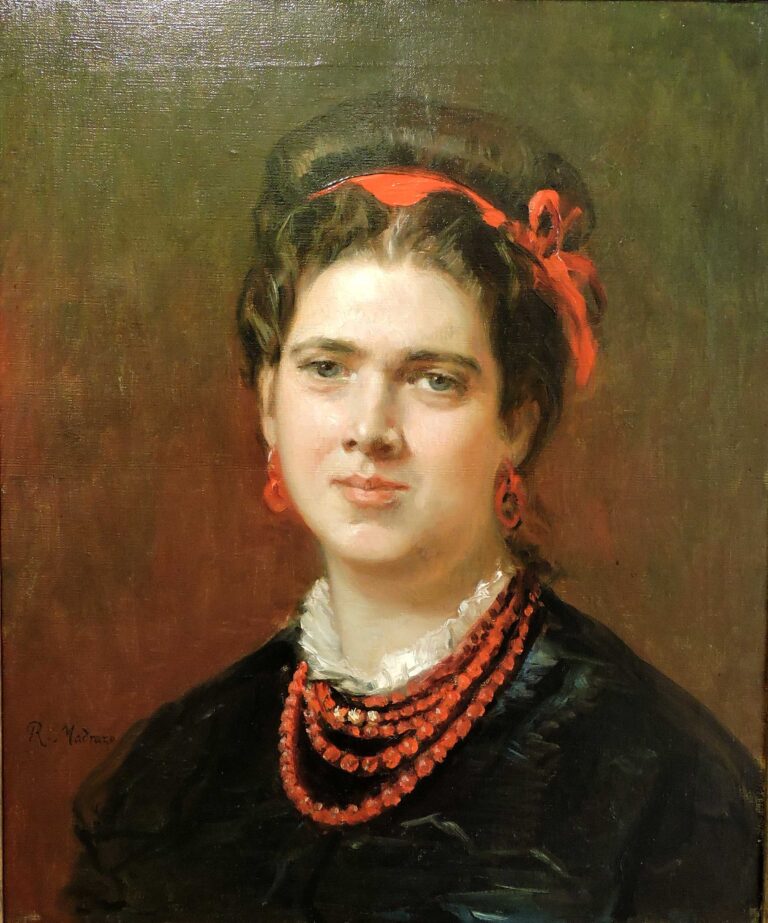San Diego de Alcalá #12
In the Spanish art of the 17th century, the most common representation of San Diego de Alcalá is related to a certain episode of his hagiography that relates the occasion when the saint, carrying some bread hidden in his sackcloth to give it to the poor, noticed its miraculous conversion into flowers before the reproaches of the prior of the convent and the inquisitive inspection of the brother porter. That is the moment chosen by Cano to represent the charitable Franciscan, whom he imagines as a humble barefoot friar who rolls up his habit to carry the crumbs. Alonso Cano managed to achieve the aesthetic ideal in this piece as a logical consequence of an act demanded by the narrative: by rolling up the wide and thick habit in front -of “implausible length” according to Manuel Góemz-Moreno Martínez-, the saint widens his silhouette at the level of the hips while narrowing it at the feet. The action justifies the form, the fusiform ideal is achieved by the natural.The Granada origin of the piece, the decidedly tapered shape of its silhouette and the treatment of the folds, among other reasons, led Manuel Gómez-Moreno Martínez to point out, when he unveiled the sculpture in 1926, the “intimate parity” that united it with the images created by Cano for the faceistol of the cathedral of Granada. These same reasons, which chronologically fix the sculpture in the Granada period of Cano, together with the tentative or hesitant polychromy, led Wethey to place its realization around 1653, while considering it a “sculptor’s model”, that is, a kind of preliminary study of the great statue of San Diego de Alcalá of the Convent of the Angel, despite the differences between them. Other scholars have disputed this coincidence of model, although there seems to be a certain unanimity as to the chronology. JMM / Extracted from: Moya Morales, J.; Rodríguez-Acosta Márquez, J.M.: Alonso Cano en el Legado Gómez-Moreno. Granada, 2008.Bibliography: Gómez-Moreno Martínez, M.: “Alonso Cano, escultor”, in Archivo Español de Arte. Madrid, CSIC, 1926, t. II, p. 202. / Wethey, H. E.: Alonso Cano, painter, sculptor and architect. Madrid, Alianza Ed., 1983, p. 78 and pp. 149-150.




